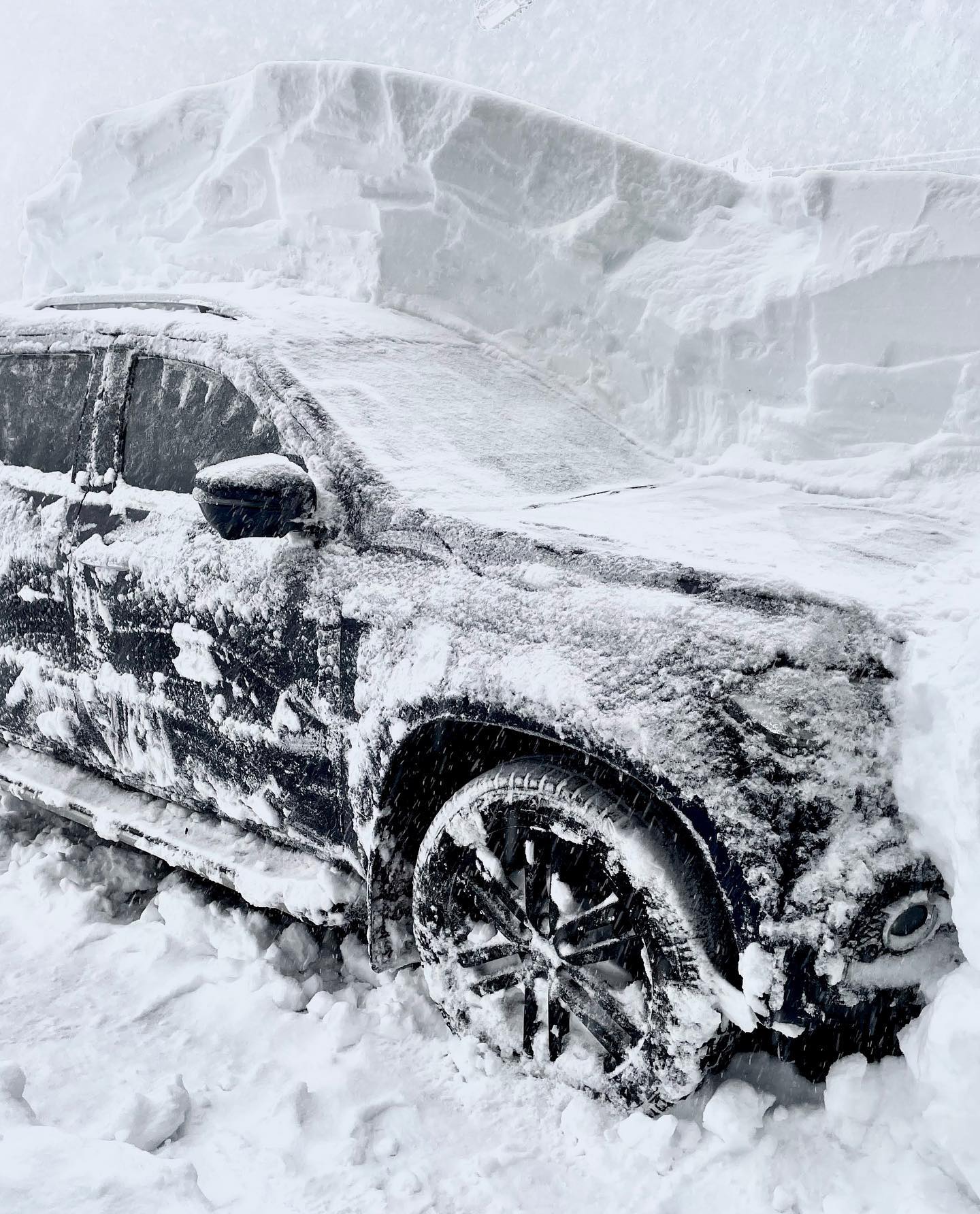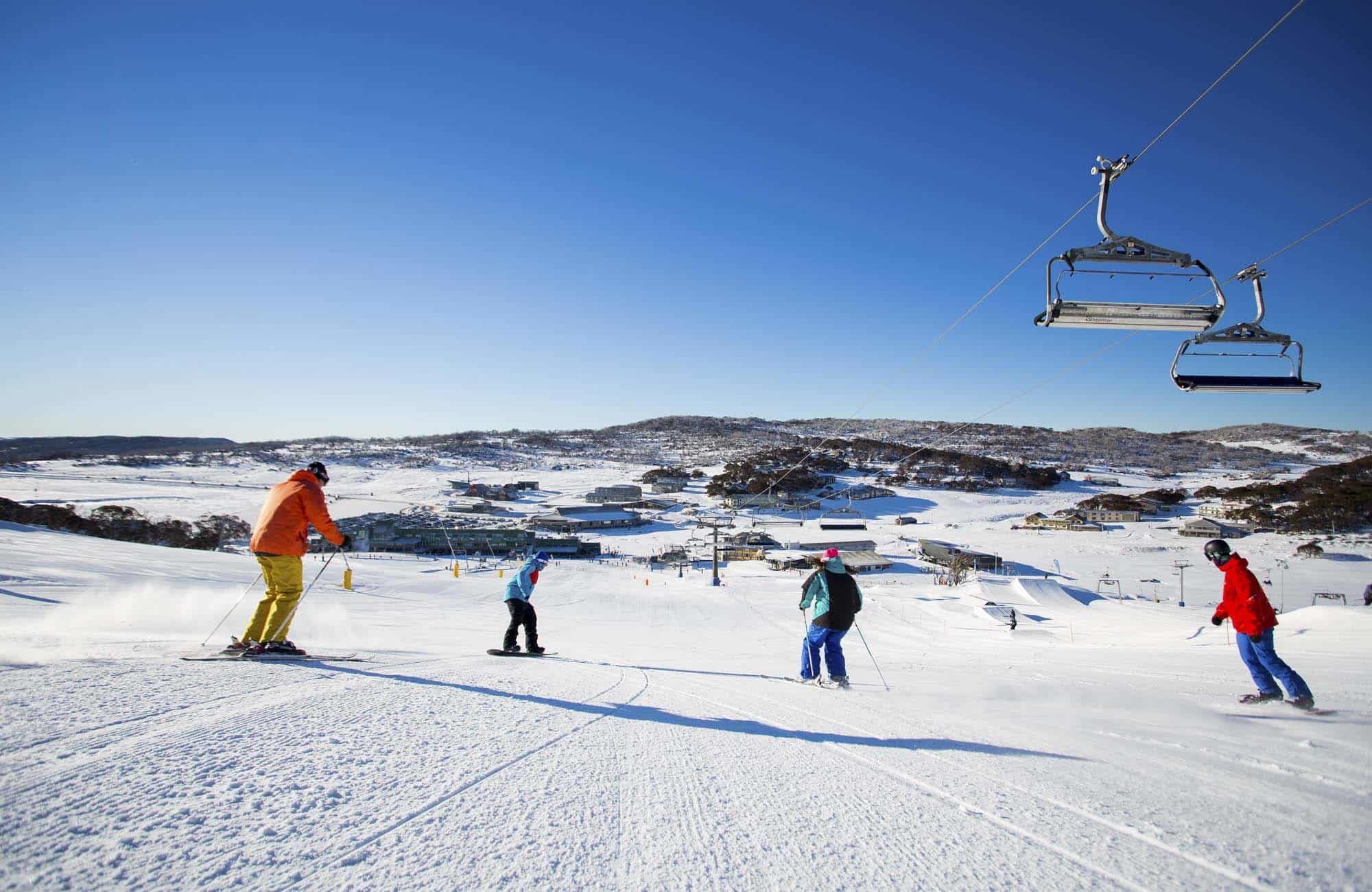Prepare an Unforgettable Winter Vacation to Witness Snow In Australia with Friends
Prepare an Unforgettable Winter Vacation to Witness Snow In Australia with Friends
Blog Article
Discover the Fascinating Results of Snow in Australia on Neighborhood Ecosystems
Despite its credibility for sun-soaked landscapes, Australia also flaunts regions blanketed by snow-- a phenomenon that greatly influences the nation's unique environments. The protecting properties of snows safeguard vegetation and animals in the middle of the chilliest winters months, while the melting snow nurtures rivers and aquatic life.
The Unexpected Regions of Snowfall in Australia
Although Australia is frequently connected with sun-scorched landscapes and sandy coastlines, particular areas remarkably experience snowfall. The high country areas of New South Wales, Victoria, and Tasmania are particularly understood for their wintertime snow. The Snowy Hills in NSW, as an example, receive abundant seasonal snow, providing a stark contrast to the country's common warm, dry climate. At the same time, the Victorian Alps and parts of Tasmania also see yearly snowfalls, transforming the landscape into a winter months heaven. These areas are not just abnormalities however integral parts of Australia's diverse environment system. The existence of snow in these areas considerably influences regional environments, ultimately impacting the country's unique biodiversity. However, the specific influence on Australia's unique plants will be talked about in the following section.

How Snow Impacts Australia's Unique Plants
These plants have evolved to endure in severe problems, with snow offering as a safety covering from extreme winds and freezing temperatures. The snow likewise adds to the moisture material of the soil, supplying required hydration for plant life throughout the completely dry summer season months. In significance, the snow affects the timing of blooming and seed dispersal, the development rates, and the survival of numerous plant types, showcasing the complex interplay between environment and vegetation in Australia.

The Adaptations of Australian Fauna to Snowfall
Just as Australia's vegetation has actually adjusted to the wintery conditions, the neighborhood animals too, exhibit amazing adjustments to the snowfall. Types like the Hill Pygmy-possum, the only Australian marsupial recognized to hibernate, have actually progressed strategies to make it through in snowy atmospheres. It makes use of the snow as insulation, hibernating in rock crevices under the snow to remain warm. The Snow Skink, a species of lizard, changes its colour to white during winter, supplying camouflage versus predators. Birds such as the Snowy Mountains' Crimson Rosella likewise adjust their diet regimens to eat readily available food resources throughout chillier durations. Therefore, regardless of the extreme conditions, Australian animals demonstrates a durable and flexible nature, guaranteeing their survival in areas experiencing snowfall.
The Function of Snow fit Regional Ecosystems
In forming the neighborhood ecosystems, the duty of snow in Australia is both profound and multilayered. It affects the distribution of plants and fauna, mostly specifying the biodiversity of sub-alpine and alpine areas. Snow supplies an important water source, feeding rivers and storage tanks as it thaws, hence sustaining a selection of aquatic life kinds. In addition, snow works as an insulator, safeguarding ground-dwelling organisms from extreme cold. Likewise, it plays a substantial role in soil formation and nutrient biking. The periodic freezing and thawing of soil induced by snowfall cultivates the break down of rocks, enhancing dirt fertility. As a result, the existence of snow forms the vegetation patterns, animal habits, and total sustainability of Australia's one-of-a-kind ecosystems. Snow In Australia.

The Future of Snowfall in Australia: Forecasts and Implications

Given the critical role snow plays fit neighborhood ecological communities, the future of snowfall in Australia is drawing enhancing attention from scientists and environmentalists. Existing climate versions anticipate a substantial reduction in snowfall as a result of global warming, with potentially extensive effect on local communities. Much less snow might lead a knockout post to lowered Resources water accessibility in towering areas, adversely influencing wildlife environments and plant. Additionally, it might modify the timing of seasonal changes, interrupting the life process of many native types. The tourism sector, greatly reliant on the winter snow period, may likewise encounter considerable difficulties. Therefore, understanding these predictions and their ramifications is critical to develop reliable preservation strategies, ensuring the conservation of Australia's distinct biodiversity and the sustainability of its economic situation.
Verdict
The function of snow in Australia's communities is pivotal yet typically ignored. Hence, the snow in Australia is much more than a natural phenomenon; it's an essential gamer in the nation's ecological narrative.
In spite of its online reputation for sun-soaked landscapes, Australia additionally flaunts areas blanketed by snow-- a sensation that exceptionally influences the country's distinct environments. It makes use of the snow as insulation, hibernating in rock crevices below the like this snow to stay cozy - Snow In Australia.In forming the local communities, the function of snow in Australia is both multilayered and extensive. The presence of snow shapes the vegetation patterns, pet habits, and overall sustainability of Australia's distinct ecological communities
Provided the crucial role snow plays in forming neighborhood ecological communities, the future of snowfall in Australia is attracting boosting focus from researchers and conservationists.
Report this page